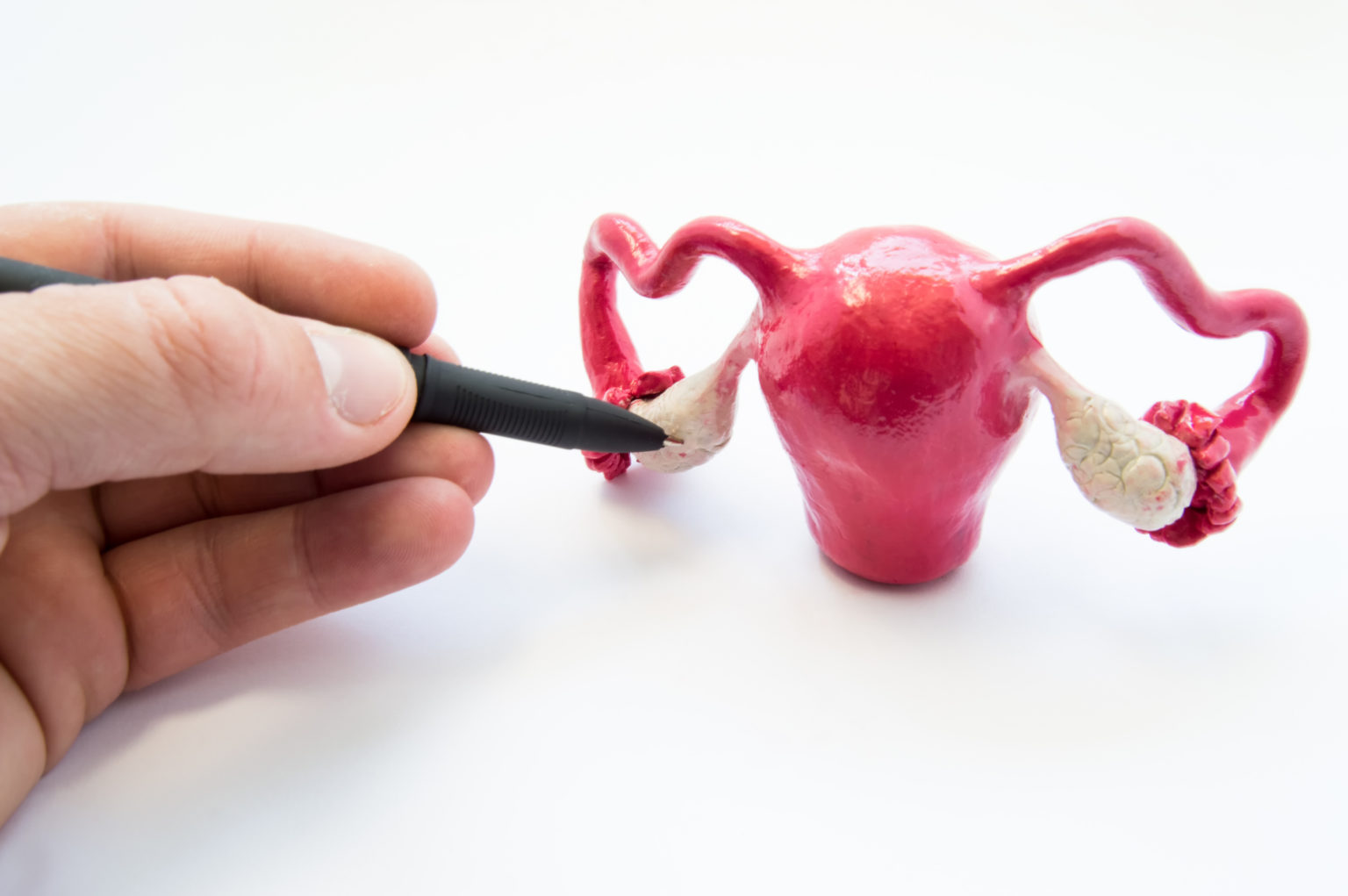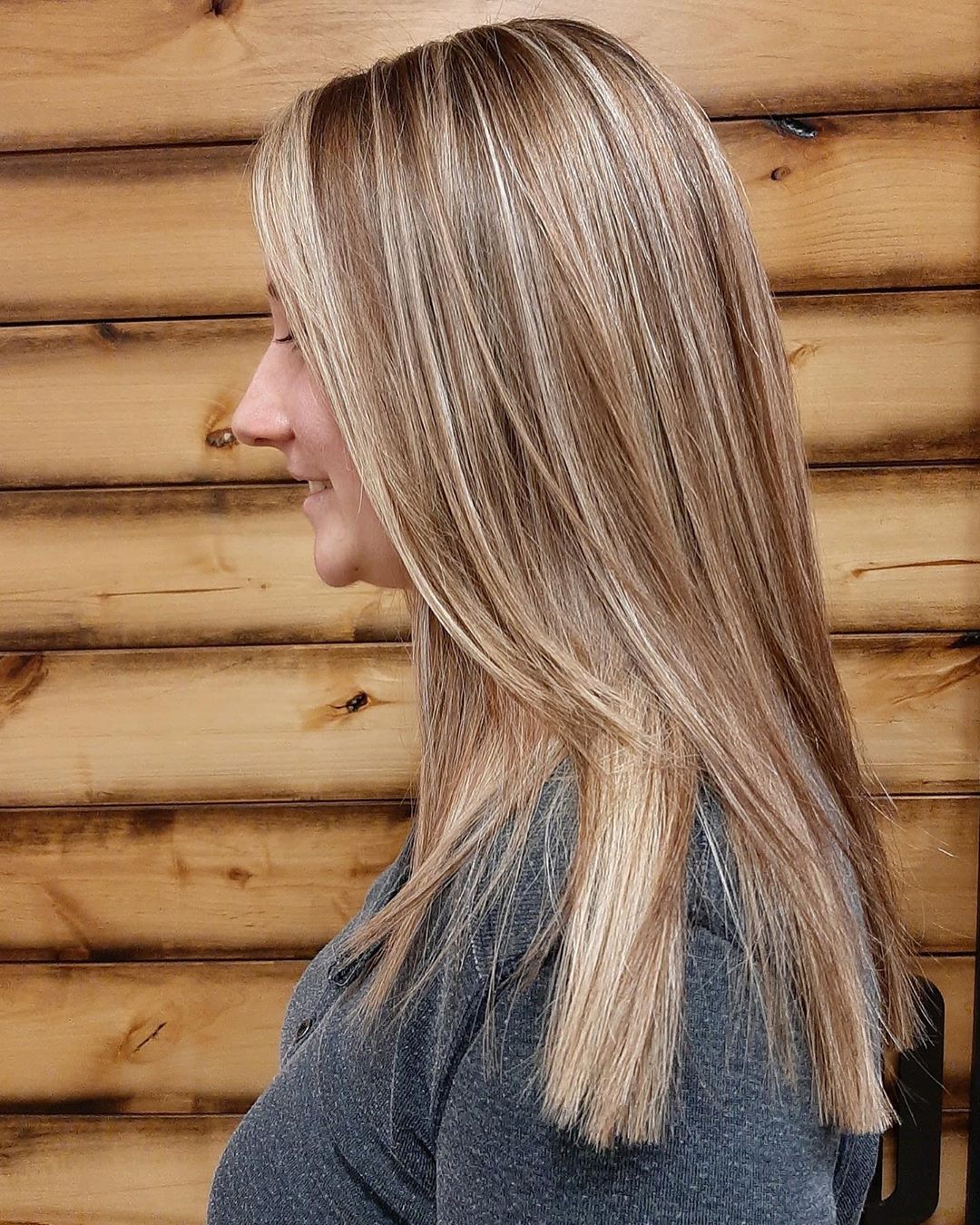Table Of Content

Cystadenomas and dermoid cysts typically don't affect fertility directly. However, they might cause fertility problems if complications develop (such as ovarian torsion). Surgery to remove these cysts may also need to remove some or all of the ovary (particularly if they've become large), which can affect fertility. A cyst on your ovary can be found during a pelvic exam or on an imaging test, such as a pelvic ultrasound. Ovarian cysts are common and usually harmless, so don’t worry if your provider finds one during a pelvic exam or ultrasound.
Ovarian Dermoid Cyst
The fetus in fetu teratoma is most often detected in infancy. In 90 percent of cases these teratomas are found before the child reaches 18 months of age. In about 1 in 500,000 people, a very rare type of teratoma can appear, called fetus in fetu (fetus within a fetus).
Medical Professionals
Five doctors and an ultrasound later, she learned she was housing a large dermoid cyst the size of an orange on her right ovary. Endometriomas, and endometriosis in general, are linked with reduced fertility and infertility. It's thought that endometriomas damage the inside of the ovaries as they grow. Unfortunately, surgical removal of endometriomas doesn't improve fertility rates, and can cause further loss of ovarian tissue. A blood test called a CA-125 test is often done as well as an ultrasound scan.
What if my provider finds a teratoma on the fetus during pregnancy?
Small, asymptomatic ovarian dermoid cysts don't usually require treatment. Your healthcare provider may recommend a consistent schedule of follow-up exams to look for changes in the cyst that might warrant the need for its removal. Most providers remove ovarian dermoid cysts using laparoscopy, or “keyhole surgery.” This type of surgery involves small, strategic cuts into your abdomen. A laparotomy involves a more significant cut into your abdomen. Dermoid cysts are caused by a problem with the cell differentiation process.
Dermoid cysts are benign tumors that contain tissues normally found elsewhere on the body.
WATCH: Woman shares picture of hair and teeth growing in her womb - IOL
WATCH: Woman shares picture of hair and teeth growing in her womb.
Posted: Wed, 09 Feb 2022 08:00:00 GMT [source]
Dermoid cyst symptoms are minor and the cysts are usually painless. If they become infected, the infection must be treated and the cyst should be removed. It is easier to remove cysts and prevent scars if the cyst is removed before it gets infected. If dermoid cysts appear on the medial aspect, the possibility of an encephalocele becomes greater and should be considered among the differential diagnoses. SELF does not provide medical advice, diagnosis, or treatment.
Before surgery

It’s rare, but some teratomas can produce a “heartbeat” of sorts. Teratomas that develop into cardiac tissue can sometimes show heartbeat-like pumping activity. Currently, there’s no known way to prevent teratomas. But early treatment can greatly reduce your risk for complications.

What causes ovarian cysts?
Symptoms of a spinal dermoid cyst usually begin once the cyst has grown large enough that it starts to compress the spinal cord or the nerves in the spine. The cyst’s size and location on the spine determine which nerves in the body are affected. The ovarian cyst pain location may be on one side of your lower belly or in your back. Ovarian cyst pain may be sharp or dull, and it can come and go.
What’s an ovarian cyst?
This happens during the early stages of development in the uterus (fetal development). A dermoid cyst is a growth of normal tissue enclosed in a pocket of cells called a sac. This tissue grows in or under your skin in an unexpected location.
Teratoma
This comes from a twisting pressure on the ovary (ovarian torsion) caused by the growing mass. Before planning your treatment, your healthcare provider will take your unique situation into account. Treatment will depend on several factors, including your age, medical history, overall health and personal preferences. If you already know you have a teratoma, or had surgery to remove one, you should call your provider if you develop pain or other new symptoms.
The pituitary gland in the brain stimulates one of the ovaries to release an egg. The wall of the ovarian follicle ruptures at the surface of the ovary. Dermoid cysts and cystadenomas can become large and move the ovary out of position.
Woman reveals TEETH AND HAIR have been growing inside her uterus for two years - Daily Mail
Woman reveals TEETH AND HAIR have been growing inside her uterus for two years.
Posted: Thu, 03 Feb 2022 08:00:00 GMT [source]
They can occur for various reasons, and they may need different treatments. They are present at birth as they develop as an embryo grows. Mature ovarian teratomas (dermoid cysts) usually present no symptoms.
In most cases, cyst removal surgery can be done safely with few complications or long-term problems. Removing the cyst also removes the risk of it rupturing and spreading an infection that can become a more serious medical problem. Dermoid cysts tend to form near the surface of the skin. This means diagnosing them may not happen until later in life.
Histopathology confirmed an ovarian dermoid cyst and detected no malignant tumour components. As ovarian dermoid cysts don’t often cause symptoms, you’ll likely learn that you have one during a routine imaging procedure. Your provider may find one during an abdominal or transvaginal ultrasound. Dermoid cysts have a distinctive appearance that makes them easy to identify with imaging. Experienced sonographers (specialists who interpret ultrasound images) can identify dermoid cysts nearly 100% of the time. Some of the cells that eventually become skin, hair, nervous system, etc., grow atypically with dermoid cysts.
They most commonly affect females ages 20–40 years. Dermoid cysts more often involve the lumbosacral region than the thoracic vertebrae and are extramedullary presenting in the first decade of life. Please enter your age and the first day of your last period for more accurate abortion options.
The information on this page is written and peer reviewed by qualified clinicians. What those symptoms are depends on where the cyst is located. X-ray of the left hip (A, anterioposterior; and B, oblique) incidentally showed two teeth in the pelvis. Your provider will ask other questions based on your responses, symptoms and needs. Being ready to answer the questions will help you make the most of your appointment time.

No comments:
Post a Comment